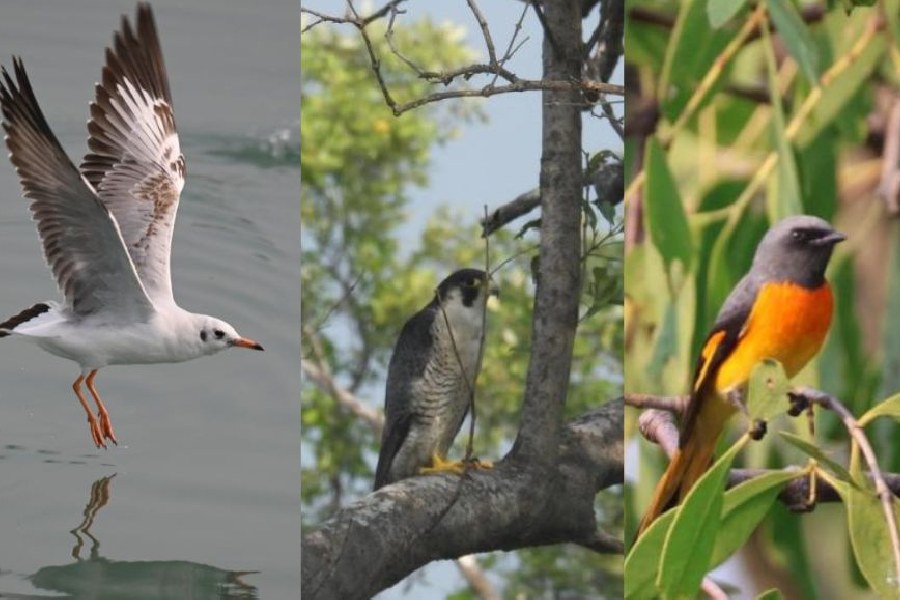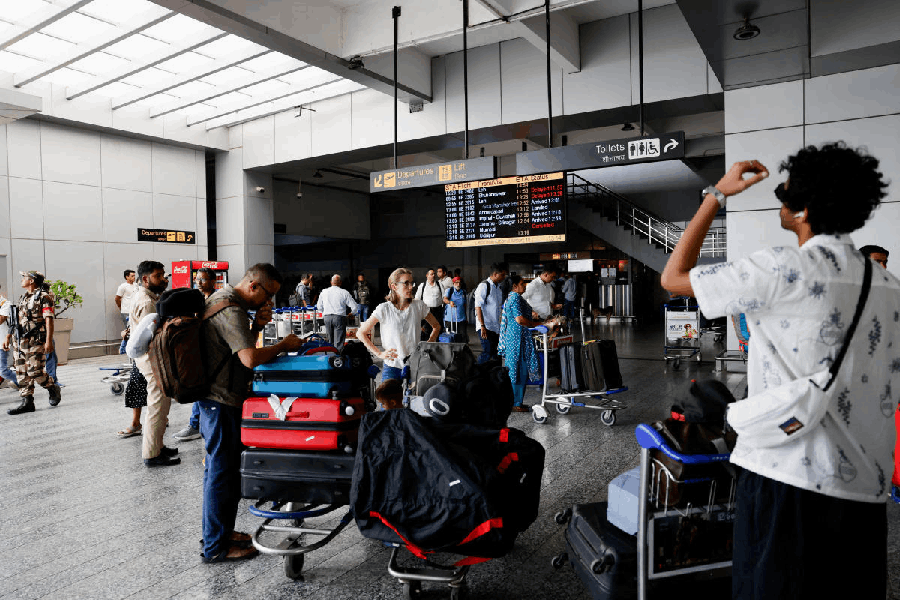Forty people, split into six teams, spent three days scouting the Sunderbans on boats on an avian trail.
They toured the shores of pristine beaches and marshy mudflats to click the winged residents and guests of the mangrove delta.
The third edition of the Sundarban Bird Festival was held from January 22 to 26. The first day was orientation and the report on birds was published on January 26. The teams were out in the three days in between, clicking pictures.
"In total, 154 bird species were sighted. The number of birds sighted was 31,926," said Justin Jones, deputy field director, Sundarban Tiger Reserve (STR), which organised the festival.
In the previous edition, held from January 17 to 20, 145 species and 8,776 birds were sighted. The sightings included non-migratory birds as well.
"Last year, the bird sighting was for two days. The weather on both days was not favourable for birding. Rain and clouds marred the exercise. But the sightings were still impressive. This year, the weather was fine. The habitat has also improved. The mudflats are generally free from biotic interference. The comparatively mild winter has also played a role in the increased sightings," said a forest official.
This year, the birders recorded 51 migratory species and 103 resident species.
"The mangrove delta lies along the junction of two major avian flyways (Central Asian and East Asian and Australasian) and plays a crucial role in the foraging and breeding habits in the winter migration of birds using these flyways,” said Jones.
The East Asia/Australasia Flyway extends from Russian Arctic and North America to the southern limits of Australia and New Zealand. The entire journey is over 13,500km.
Swathes of East Asia, all of Southeast Asia, eastern India and the Andaman and Nicobar Islands are part of the route.
The Central Asian Flyway extends from Siberia and adjoining areas in the Russian Federation to the wintering grounds in West and South Asia, the Maldives and the Indian Ocean islands.
The great knot, red knot, godwit, sanderling and common crane are some of the migratory birds that use the Sunderbans as a pit stop. Some rare migratory birds like the Eurasian oystercatcher and Nordmann’s greenshank, one of the most endangered shorebirds on earth, have also been sighted in the Sunderbans in recent years.
"This year, we recorded 45 species of waders/mudflat birds/shore birds, eight species of raptors, 91 species of forest birds, three species of waterfowls and seven other species," said a forest official.
A dozen threatened species were clicked, including the Eurasian curlew, brown-winged kingfisher, lesser sand plover and common redshank.
The participants split into six teams, travelled on boats along different islands in the STR and the South-24 Parganas forest division with a central camping site at Sajnekhali.
Four experts guided the teams.
The Matla range of South 24-Parganas recorded the maximum species (108), followed by Kalas (95), also in the same division and National Park West (81) in the STR.











